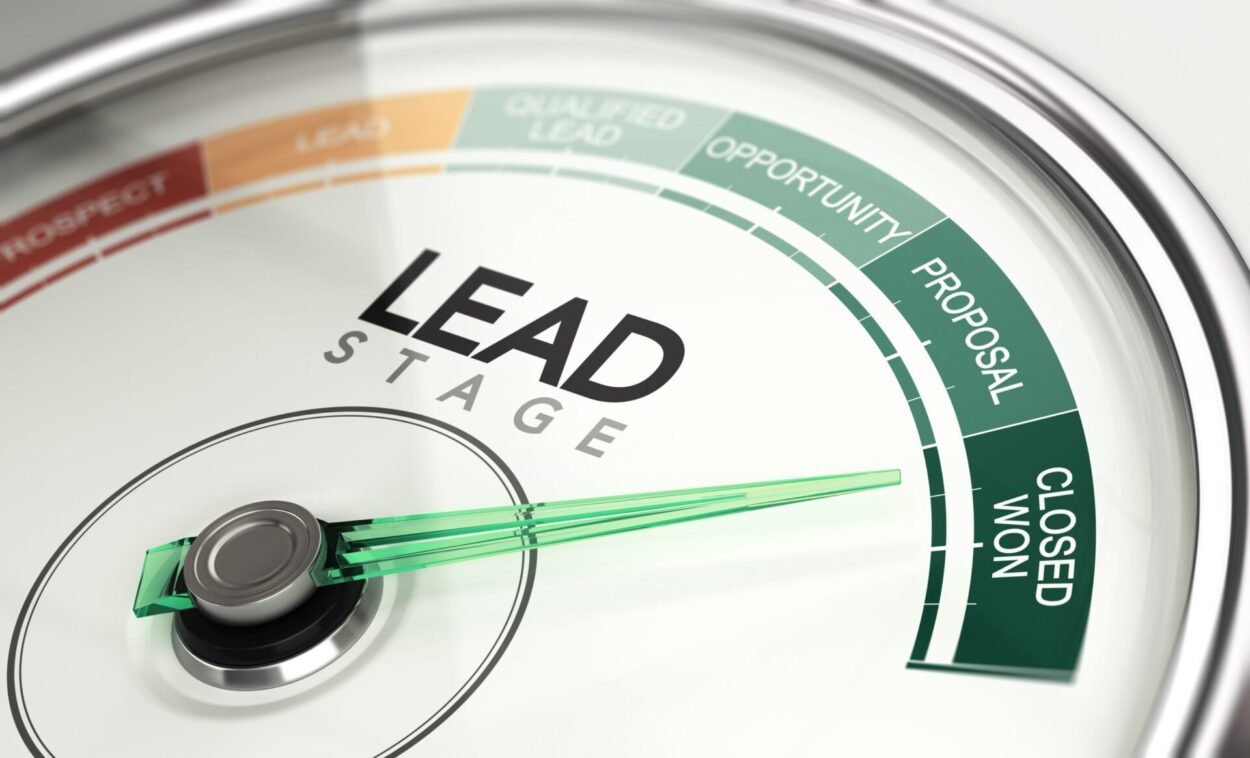
All B2B companies have a sales pipeline, but few small and mid sized business owners can rely on it to run their business. Many companies who struggle with sales also lack an accurate sales forecast. I work with business owners every day who are trying to get a handle on their pipeline and improve the performance of their sales team. Sales is the “heartbeat” of every company, but without a systematic way to account for your prospects and new business, you will never have a handle on your sales. Let’s start by understanding the cost of an inaccurate sales pipeline and what you can do to fix it.
What is the business cost of an inaccurate sales pipeline?
- You can’t forecast your new/future business.
- You can’t build KPIs that provide leading indicators of performance.
- You can’t evaluate your sales plan and the gaps related to achieve it.
- You can’t manage the performance of the sales team or the sales leader.
- You can’t plan operational resources including people and materials needed for future work.
You can solve these problems by creating a detailed, systematic, and accurate sales pipeline. Here are 6 key areas you must fix first:
- Use a CRM (Customer Relationship Management) to build and track your sales pipeline. Excel spreadsheets and other homemade systems are not dynamic enough to track and report your pipeline data. Fun fact: HubSpot reports that most organizations are spending substantially more on sales technology than they did two years ago. https://blog.hubspot.com/sales/sales-statistics
- Create a documented sales process that has all of the steps your company takes to close a sale. Map this sales process to the opportunity/deal stages in a CRM.
- Include a forecasting methodology including opportunity amounts, close dates, and probabilities of closure.
- Provide sales leadership to manage the sales pipeline and forecast weekly.
- Develop KPIs to track activities related to the pipeline, including emails, phone calls, and prospect meetings. Incorporate these KPIs into your CRM dashboard for visibility.
- Remember that your sales pipeline and system are only as good as the sales team inputs, so “garbage in is garbage out.” You must inspect what you expect and measure accuracy of sales team members. Consistency is key!
If you address the issues above, you can master your sales pipeline and rely on it to forecast performance and make better business decisions! For more best practices on how to get the most out of your sales team and sales process, check out: https://salesxceleration.com/what-we-do/genesis-sales-plan/.

Chris Cocca
Chris Cocca has a unique background in accounting and fiance, as well as 20 years of sales leadership experience in large Fortune 500 companies. Serving Sourther Pennsylvania, Maryland, and DC, Chris is passionate about helping business owners realize their hopes and dreams. Take Chris’s 10-Question Sales Agility Assessment



